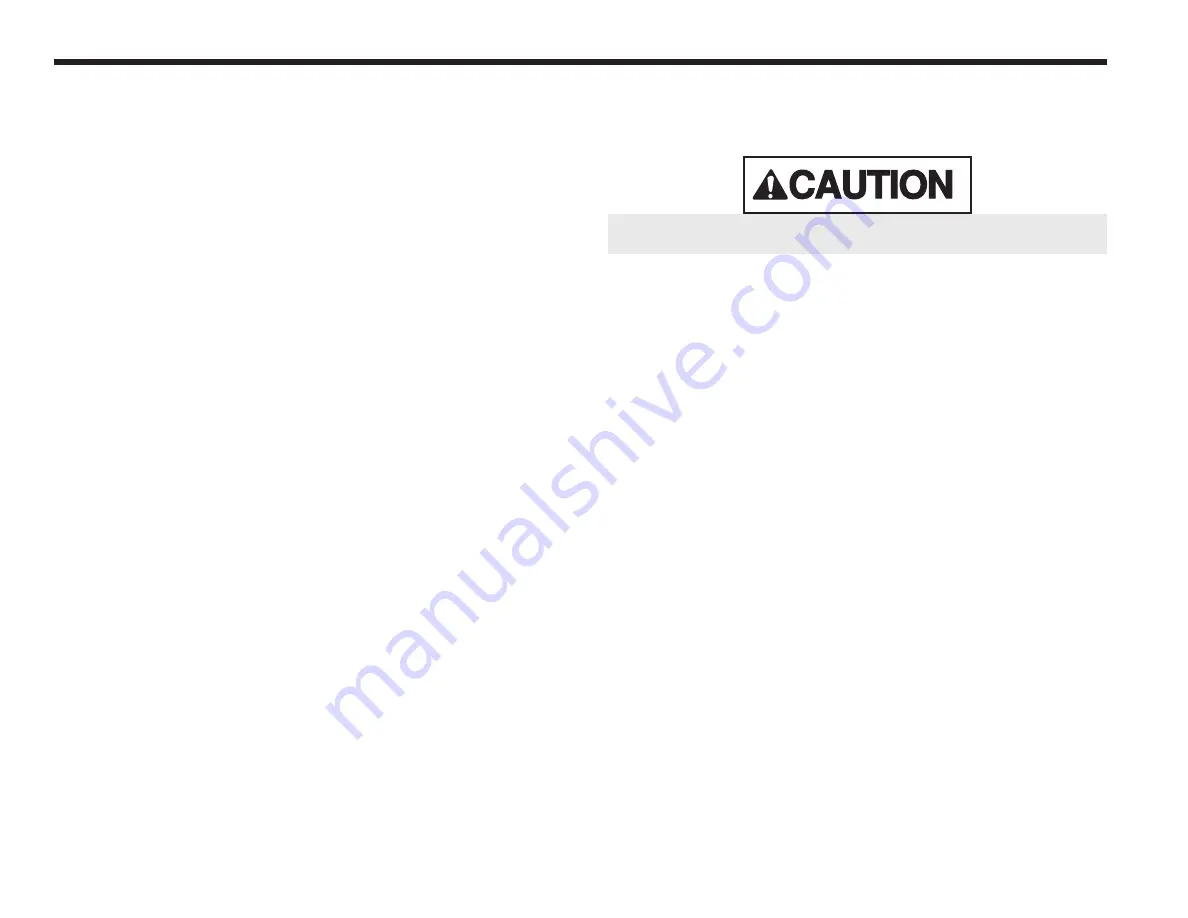
Optional AC/DC Converter and Battery Charger
Your Chaparral boat may have an optional battery charging system
which operates off 120 or 220 volt AC power from shore power sys-
tem. Turn the charger on at the main cabin electrical panel
whenever your boat is connected to shore power to keep batteries
fully charged. The AC-to-DC converting and charging system is fully
automatic and permanently wired into the 12 volt DC system. If the
monitored battery level drops under the full charge range, the
charger automatically turns ON and restores the battery to FULL
charge status. If the battery is deeply discharged, the charger will
deliver full output. Output automatically decreases as the battery is
charged. If the battery is fully charged, the charger provides a trickle
charge as needed.
Lighting
Lighting operates off the 12 volt DC system. Turn lights on or off at
the main electrical panel in the cabin or at the light fixture. See your
Chaparral dealer for information regarding bulb replacement.
Electrolysis and Zinc Anodes
Many boaters are unaware of the problems associated with electrol-
ysis and how to properly address corrosion issues. Electrolysis is a
reaction between metal and electrical energy. Electrolysis occurs
when electrical current is "leaking" into the water, and can come
from a variety of things such as ship to shore power, sharing electri-
cal wires, old electrical devices in contact with the water, batteries in
boats, etc.
Electrolysis can also be caused by “stray currents” due to a fault in
an electrical item, even though correctly grounded.
Electrolysis/corrosion is a very real issue and expense for any
boater and boat owners must be aware of the proper protection and
maintenance. Corrosion will directly affect the performance of your
boat within a very short period of time.
It is the boat owner’s responsibility to check for and replace dam-
aged parts due to galvanic deterioration. Refer to your Chaparral
dealer to investigate the source of stray corrosive currents.
Zinc plates are installed on the outboard and trim tabs to protect
underwater hardware on your boat. Zinc is less noble than copper
based alloys and aluminum used in underwater fittings; therefore, it
will deteriorate first and protect the more noble parts.
Zinc anodes generally require replacement about once a year, in
salt water areas, replace every six months. The need to replace
anodes more frequently may indicate a stray current problem within
the boat or at the slip or mooring. If zinc anodes are not replaced
annually, they may not be providing the necessary protection.
Note: Do not paint between the zinc and any metal it touches.
Do not paint over the zinc.
Placing a zinc in the water bonded to the metal outlet box on the
dock will reduce zinc loss on the boat. Do not connect this zinc to
the boat’s ground system.
Important: All electrically operated DC equipment and acces-
sories must be wired so that the ground polarity of each device
is the same as that of the battery. Chaparral boats have a nega-
tive ground system, which is recommended practice
throughout the marine industry. All metal items (fuel tanks,
underwater hardware) in the boat are connected to the zinc
anode by the green bonding wire.
3-4
CAUTION:
Replace zinc sacrificial anodes if they are cor-
roded 50% or more.
Summary of Contents for SSX-236
Page 1: ...S S X 2 3 6 2 5 6 2 7 6 2 0 0 9 O W N E R O P E R AT O R M A N U A L...
Page 2: ......
Page 4: ......
Page 17: ...1 7...
Page 18: ......
Page 22: ......
Page 24: ......
Page 40: ...2 16...
Page 52: ...3 12...
Page 80: ...5 16...
Page 98: ......
Page 106: ......
Page 112: ......
Page 113: ...WIRING SCHEMATICS 12 12 1 236 SSX...
Page 114: ...12 2 236 SSX...
Page 115: ...12 3 256 SSX...
Page 116: ...12 4 256 SSX...
Page 117: ...12 5 276 SSX...
Page 118: ...12 6 276 SSX...
Page 119: ......
















































